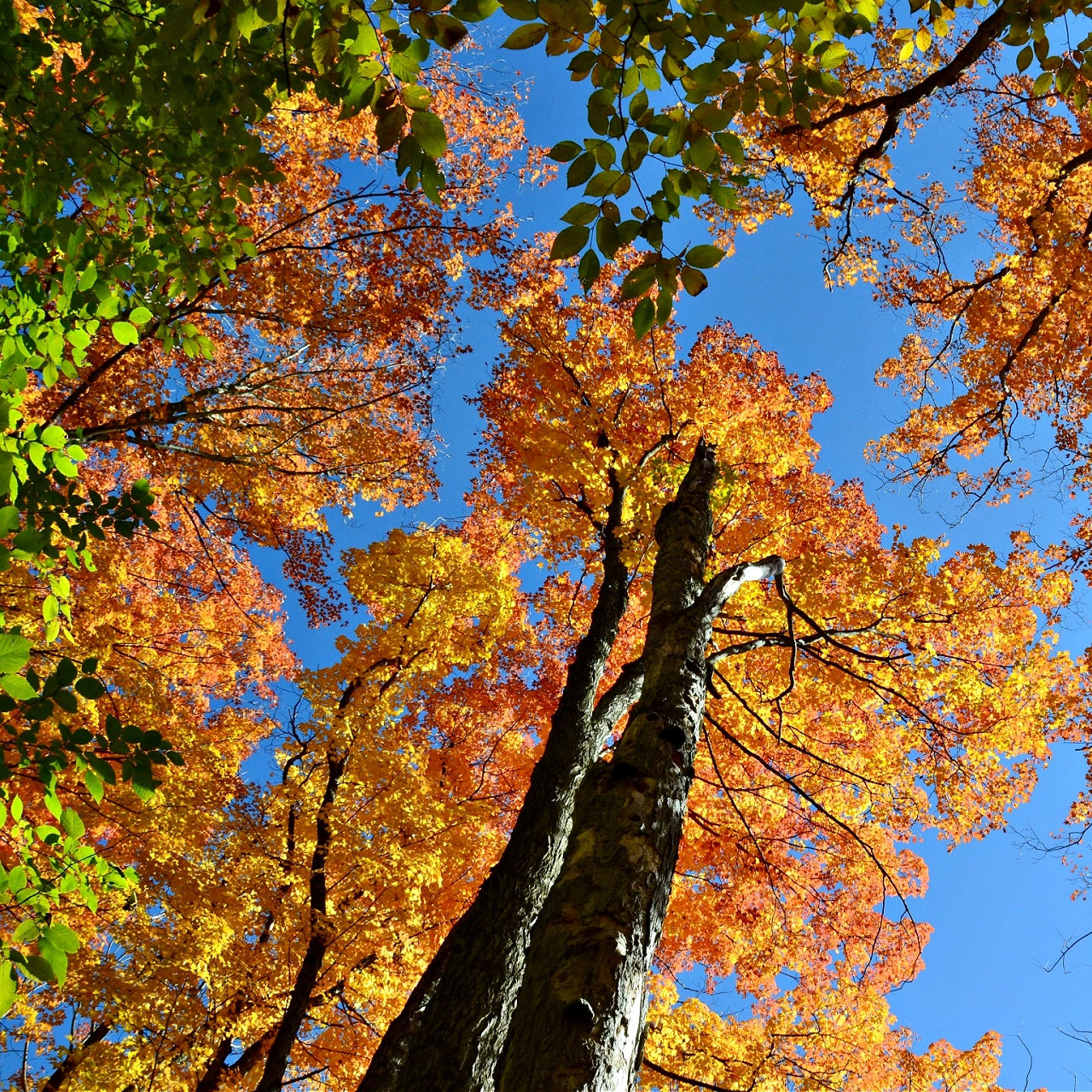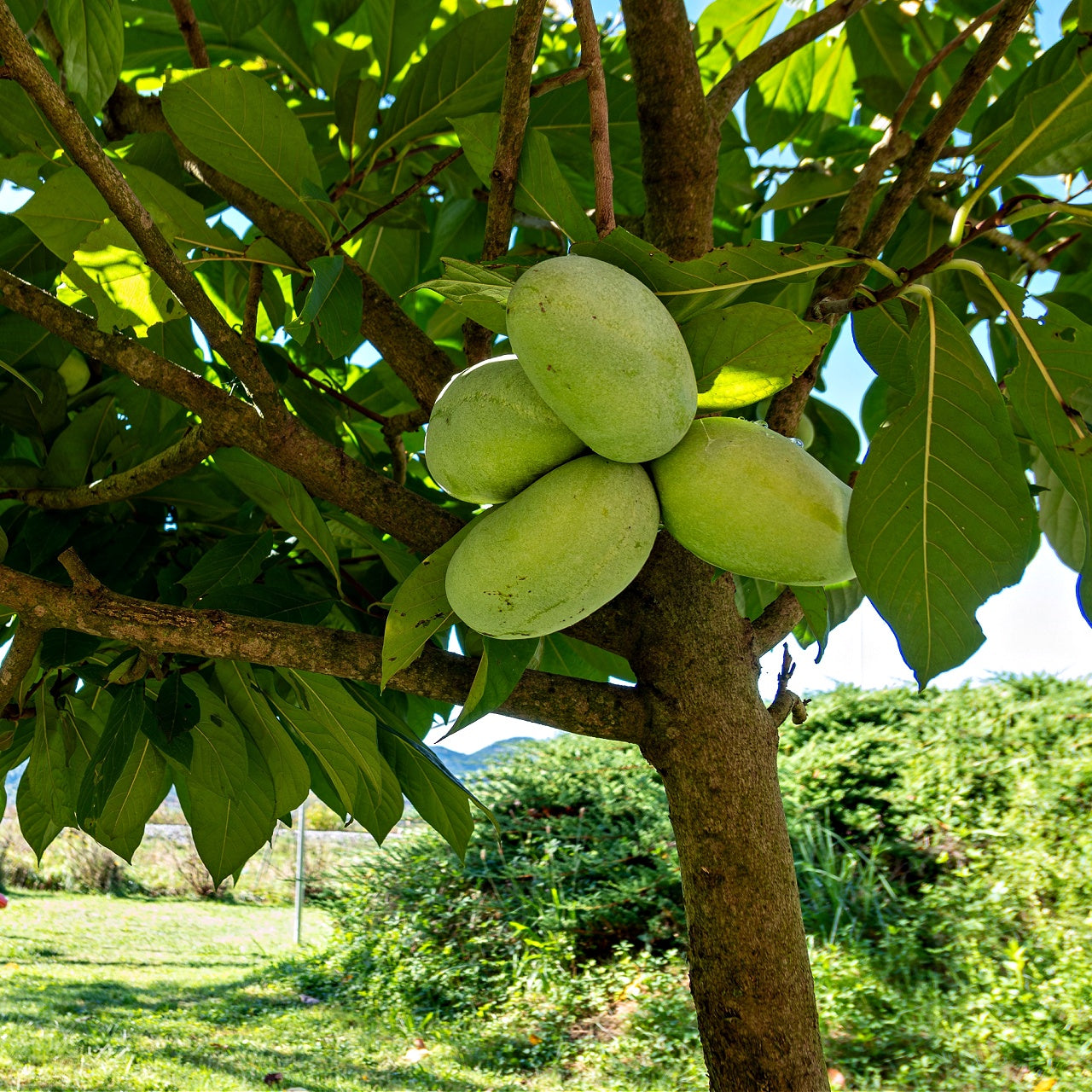
Black Gum Tree
Black Gum Tree
Black Gum Tree Description
The scientific name for Black Gum is Nyssa Sylvatica. This tree is mainly found in USDA zones 4-9 and is famed for its summer and fall colors. The most distinctive color is intensely red with orange, yellow, and purple hues that start showing in September. The Black Gum tree has very little competition in beauty, making it an ideal choice for various landscape designs. This tree often grows in wet areas; hence the name Nyssa, derived from the Greek water nymph. In its native element, the tree can flourish along streams, swamps, and upland sights. Despite the tree's performance in moist areas, it can also do well in dry regions under proper care, allowing it to develop drought resistance.
Mature Height and Spread
The Black gum trees closely resemble some of the maple trees owing to their pyramidal shape, forming an oval or conically shaped crown as it matures. When properly nurtured, this tree can mature to 30 to 50 feet with a spread of 20 to 30 feet.
Growth Rate
Black Gum takes between 12 to 15 years to achieve maturity. However, this growth rate can be accelerated using various techniques, including fertilizer and irrigation. Before applying fertilizer, it is advisable to test the soil. You can test the soil independently or get a professional to handle it. This way, based on your soil composition, you can know how much fertilizer and the appropriate type. In the modern era of scientific advancement, you can find cultivars with accelerated growth that take a few years to achieve maturity.
Black Gum has Ornamental Features
As stated before, the Black Gum is arguably one of the most beautiful trees that achieve its potential in summer and fall. The tree features alternately arranged, long, dark green, glossy, 3-inch leaves with an attractive color in fall. This tree is often confused with maple trees, especially those found directly in sunlight. Aside from the magnificent hues enhanced by sunlight, the tree has an attractive, deeply ridged bark that resembles alligator skin.
The tree spots small greenish-white flowers between April and May that are important in pollination. The flowers give rise to a blue-black fruit that birds enjoy. The Black Gum is also classified as a polygamo-dioecious tree, meaning the tree has either a large number of male or female flowers, with only a few trees having a perfect balance of flowers.
Black Gum uses in Landscaping
Black Gum trees flourish in acidic, well-drained soils with medium wetness.Most people prefer this tree for lower areas because it can thrive in wet conditions. As stated before, this tree can also do well in drier regions due to drought tolerance. In some cases, the tree occurs naturally in dry areas. The Black Gum can be nurtured as a single specimen or as part of a group in a naturalized area. When planted in groups, the tree's fall colors of yellow, orange, and purple give off a spectacular view. It can also be used as a street tree in less populated areas.






